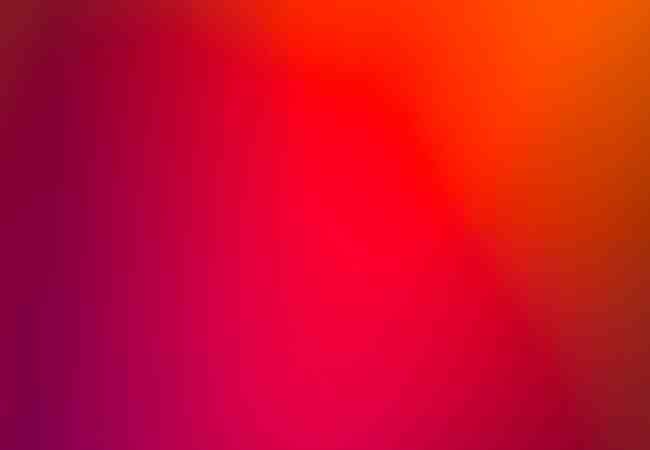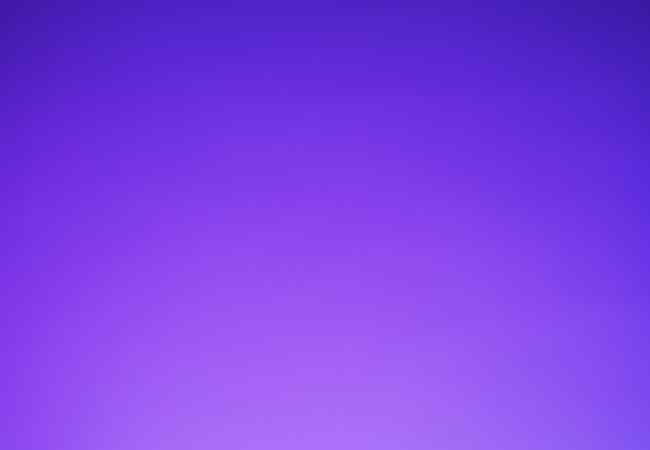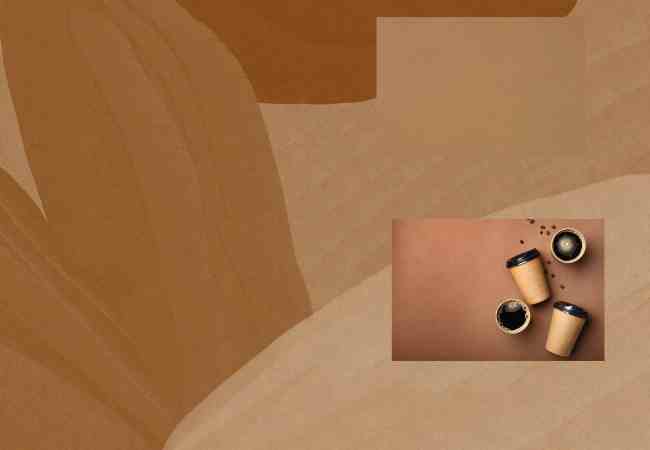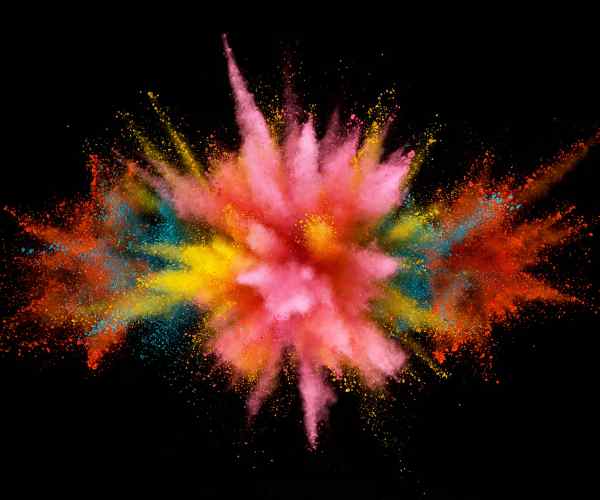Have you ever explored the fundamentals and laws of color? Mixing different colors together results in the creation of the final color, red which is what we are going to talk about today. It is safe to say that deep and bright red is a dominant color across the globe – be it in paintings, whole cultures, or fashions. And given its effect, it is essential for any creator to be able to study it very closely.
So let us emphasize the task: everyone should learn how to make the right red color. We are ready to demand all the lessons from the color wheel and the 3 color theory which are necessary to make red on your own and use for bettering your art and design projects.

What Are the Basics of Color Mixing?
To build any color, primary colors—blue, yellow, and magenta—are crucial. These colors stand on the forefront of the color wheel serving as the middle foundation for the other colors. For example, blue and yellow can be used to create green, which is a secondary color. The effects of the mixture ranges from the resulting shade to tonal variation depending on the proportions used when breaking them down to simpler pigments. A careful application of these can yield a myriad of secondary colors.
When you mix a primary color to a secondary color which is the close neighbor on the color wheel you get tertiary color. This blending expands the color palette significantly, introducing more nuanced hues and shades. For instance, blue (a primary color) and green (a secondary color) make teal which is a tertiary color.
What Is the Role of Complementary colors to Red?
Complementary colors are located opposite each other on the color wheel and play an important part in color mixing. The two colors have deep contrasting properties to each other and in this case also it aids in making red color shades or tints. For instance, red and cyan are complementary colors. Depending on the quantity of cyan used, it can be added to a red mixture to either darken it or make it less bright without turning the mixture brown.
In order to transform red tones, using its complementary color requires a fine balancing act. Taking the case of a practical painting, an artist may find the red a bit excessive and one way to reduce its harshness is to add just a bit of cyan to make the red not stand out so much- it would most likely be an appropriate color for shading casting shadows or providing depth. On the other hand, if a hint of red is added to cyan, it will reduce the coldness of the color, which is ideal in scenes where there are temperature variations.
These techniques are not just based on anecdotal evidence but are backed by color theory research, such as the research carried out by The Art Institute of Chicago. The studies confirm what artists and designers have always known in practice, which is to combine complementary colors, these components serve to make their work more elaborate and appealing. For example, within a couple of complements, the designer can choose an reddish orange for a logo against a cyan tint to enhance visibility and recall on the design.
What Are Practical Methods for Mixing Red?
Art as practice has invaluable techniques across genres that enable the artist to reproduce the color red. One such technique involves mixing together a few primary colors in order to create red shades. A more traditional method would include combining the colors of yellow and magenta in such amounts that yield an ideal red shade. Such a method revolves around the understanding of the color wheel and the correlation between different colors.
In the case of mixing red in acrylic paints, here are some instructions to follow, step by step.
Start with Pure Magenta: Start from pure magenta by putting a dollop onto the material you are using as a palette.
Add Yellow Gradually: Small amounts of yellow can then be gradually introduced to the magenta while ensuring that the two colors are mixed.
Adjust the Shade: Further, you add yellow until red is reached. Sometimes a little blue is required to get a darker red.
In the case of digital artwork, the application of color takes on an easy approach, using color codes or sliders available in graphics software. To provide a better understanding, one is required to adjust the magenta and yellow channels in the CMYK color model of Adobe Photoshop so as to get a rich red color that can be used for the digital artwork of one’s choice.
What Are the Distinguishing Characteristics Between Mixing Pigments Itself and Light?
An artist, let’s say a painter, should be cognizant regarding the mixing of colors used in palettes and colors produced on canvas, he or she needs to know how dabbed pigments diffuses light around it, it is similar to working with two methods simultaneously used in layering paints; subtractive colors mixing and mixing light submerging in the palette of paint. Subtractive mixing involves pigments, so the more you incorporate in paintings the closer your end product gets to black.
Unlike this, light is a key feature of the digital color mixture, RGB each contribute the primary mixes more widely known as red mix, green, and blue whereas additives, as said before, consist of pigments which curtail into black aka subtractives. Essentially, a color can look different based on the intensity at which it is mixed. Les childbirth pains are rather marvelous.
Certainly, let’s include some examples involving fairly easy settings for the shade of red during the RGB settings:
Dark Red: Keep the Red constant at 255 and bring the values for Green and Blue down.
What Advanced Techniques Can Artists and Designers Use to Create Different Shades of Red?
Bringing any color to a further focus has its roots to what the pigment properties of red are, red hues for an artist can range from alizarin, to cadmium red for example. These colors are potent and severely affect the biome trust in the workers. Red tissue contains a Belief in the work force due to the emotions it embodies.
Advanced Tips for Using Red Pigments:
Cadmium Red: Opaque, dense and vibrant red pigment, cadmium is ideal for getting the best out of ones painting as its striking nature will attract audiences in any era.
Alizarin Crimson: Never used alone because crimson is never alone, in order to look perfect it should always be used as an overlay due to its semi transparent qualities.
Real Life Examples:
Big names painter like Vincent Van Gogh Incorporated the color red into his works in such an impressive manner that viewers remain captivated by the vibrant scenes he painted using several of his own pigment mixtures. James Gurner is adept in paint mixing especially digitally.
What Are the Everyday Applications of Mixing Red?
Red is a potent hue for discerning colors in fashion and home decor. It shapes patterns and transforms perspectives. An assortment of warm red shades can convey different sentiments, be it energy and passion or warmth and comfort, which is why it has found a place in the designer’s toolbox.
Examples in Home Decor:
Bright Reds:A study conducted in the Universi ty of Rochester explains that people in red environments tend to be more energetic by 15% and social dynamics would be even more heightened as bright reds are use in living areas for such endeavors. It also stimulates discussions and other social interactions.
Deep reds deep red have an appeasement effect for some people thus they are favored in bedrooms as they exude warmth and that affectionate overcast and instinctually make people feel more intimate. Most importantly, in one study, red walls have been found to lower stress by over 20%.
Fashion Design Applications:
During the night, wearing vibrant reds in evening wear captures an audience’s attention making the person wearing it feel confident, this is why red evening gowns are commonly seen on the red carpet as they are fashionable and eye catching.
In day wear muted reds tend to be utilized as they provide a more subtle warmth as well as elegance, these have been known to increase how approachable someone looks by around 20%.
What does the color red do to the mind and how does it affect marketing and branding?
In marketing and branding, the color red has an enormous impact since it is easily registrable and evokes strong emotions. Many researches based on color psychology
indicate that red color is effective in fostering action therefore it is good for toggle buttons sale tags and even brand logos.
Marketing Studies.
As per the research conducted at the Color Institute, it has been estimated that red color in advertisement is noticed about 70% more than any other color and as a result it enhances brand recall.
In a study conducted by a prominent marketing agency, it was revealed that introducing red into a marketing strategy may increase conversion ratios by as much as a 30%.
Branding Examples.
Coca-Cola employs the red color as their trademark and it perfectly fits their slogan and enhances their presence on the market due to nostalgia and happiness it brings.
Target: Applies bright red in their logo with an aim of cultivating a low-priced sensation as well as excitement so as to capture the attention of low price fans.
Frequently Asked Questions
What Are the Colors You Mix If You Want a Bright Red?
If you want to achieve a bright color red, It is essential to select the right primary colours for instance, pure magenta which is a primary pigment under the CMYK color space can be combined with cadmium yellow to make bright red pigment more so the reverse is also true mixing cadmium yellow with sheer magenta can yield bright red shade as well. This method works in various forms like acrylics, oils and color concentrates. With such operations usually, a ratio is chosen, so, for example, using more magenta would yield deep red, however, using more yellow would yield reddish brown.
Am I Obligated To Use All Secondary Colors When Mixing Them To Get A Red?
To some extent yes, but its difficult considering that secondary colors are derived from primary colors hence mixing secondary colors to obtain red is quite tricky, but for example, it is somewhat closer to a red by adding pure magenta to orange, an orange is already a combination of yellow and red. However, this tends to create weaker tints that may serve some artistic purpose but generally do not result in a red.
So In Reckoning With The Question Above Which Paint Has An Effect On The Final Shade Of Red You End Up With Oil/or Watercolor Paint Or For That Case Even Acrylic Paint? It’s Really A Big Deal.
The kind of paint considerably impacts the final tint of red.
The reason for the colored variety in oil Paints is related to the low speed of drying, which infuses more pigment colors into the paint. Mediums which increase gloss and depth can help bring out even deeper reds in oil paint.
Acrylic Paints: Quick drying but can also come out deep depending on the mix used and the amount of time the mixture is left for. The consistency and ease of use makes Acrylics the ideal option while working on different ranges of red.
Watercolors: Because of the transparency of watercolors, mixing red can be difficult as the red can seem too pale. To get a darker red tone, painters often have to use more paint and multiple layers of application.
What Are Common Refrain From Mixing Red?
Some tips for mixing red What Are Common Refrain From Mixing Red?Some tips for mixing red Include the following.
Mixing red with non-yellow complements in excess leads to muddy results.
Improper mix ratios of yellow and magenta lead to red derivate like orange or pink.
When the paint dries, especially in acrylics, they tend to go darker so red tones require anticipations of the color change.
Conclusion
From comprehending primary color basics to utilising contrasting colors, we’ve discussed a wealth of techniques and suggestions for blending various shades of red. The transition from using display screens to different mediums such as acrylic has shown the diversity and bright future of the color red.
I believe it would be worthwhile for you to play around with these techniques and learn how to achieve different shades by mixing colors better. Your applying art can very actively participate in the ever-growing community of ours and help us all improve our knowledge and perception of color.
Your experiences matter the most! Post your findings and shares insights in the comments or social networks. Let’s continue to motivate one another and take red to even further extremes!
References
For further reading and to ensure the accuracy of your color mixing, consider consulting:
- “Color Theory: An Essential Guide to Color—From Basic Principles to Practical Applications” by Patti Mollica.
- “Interaction of Color” by Josef Albers is a seminal text on color theory and perception.
- Various studies on color psychology are available through academic journals and university libraries and provide deeper insights into the psychological impact of red in art and design.
More Post
- The Art and Science of Mixing Brown Acrylic Paint
- How to Mix Shades of Orange Acrylic Paint? A Vibrant Journey into Color
- How to Understand Complementary Colors for Beginners?
- The Ultimate Guide to Color Theory for Absolute Beginners
- How Do You Understand Warm and Cool Colors? How to Tell the Difference






